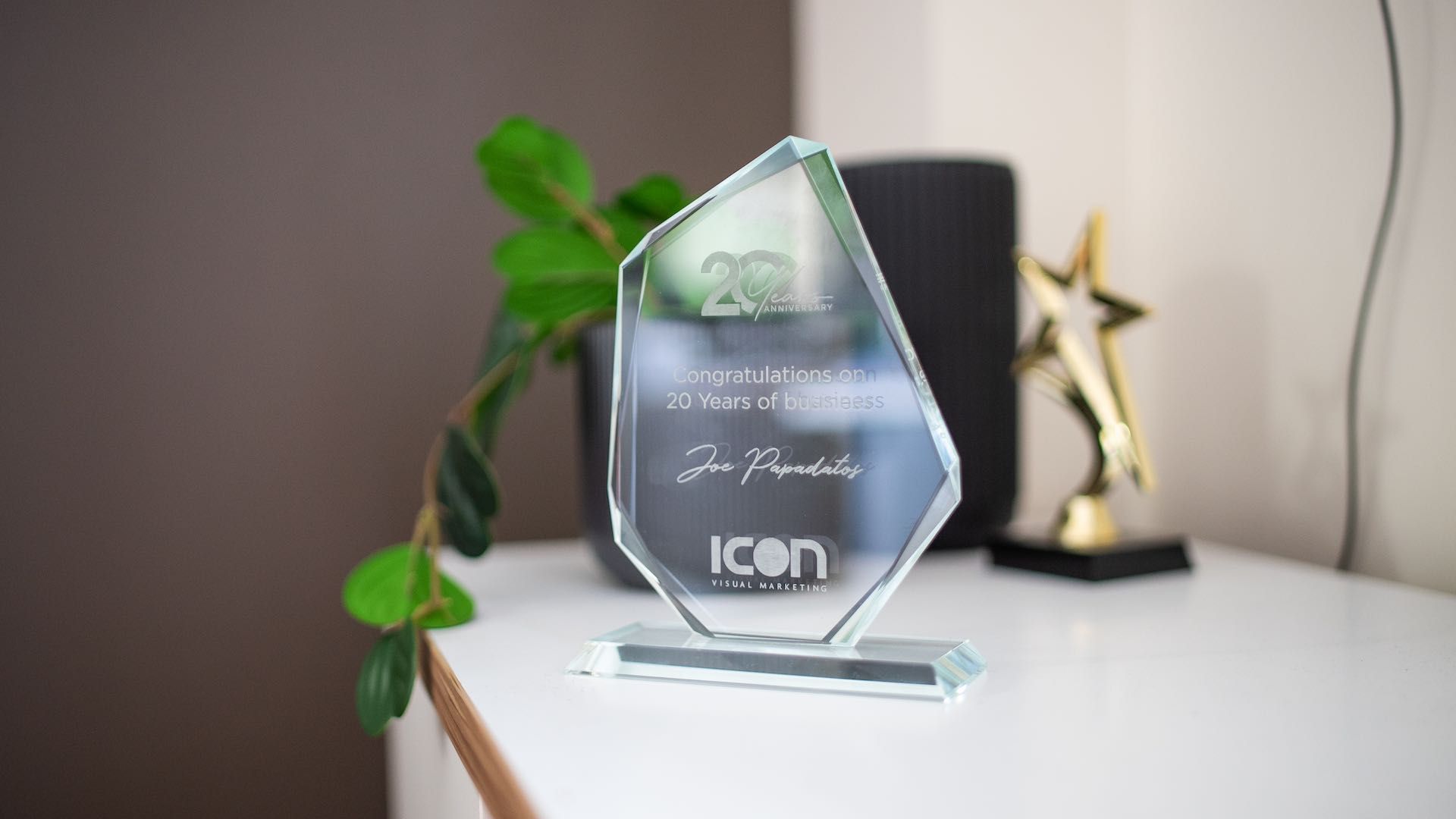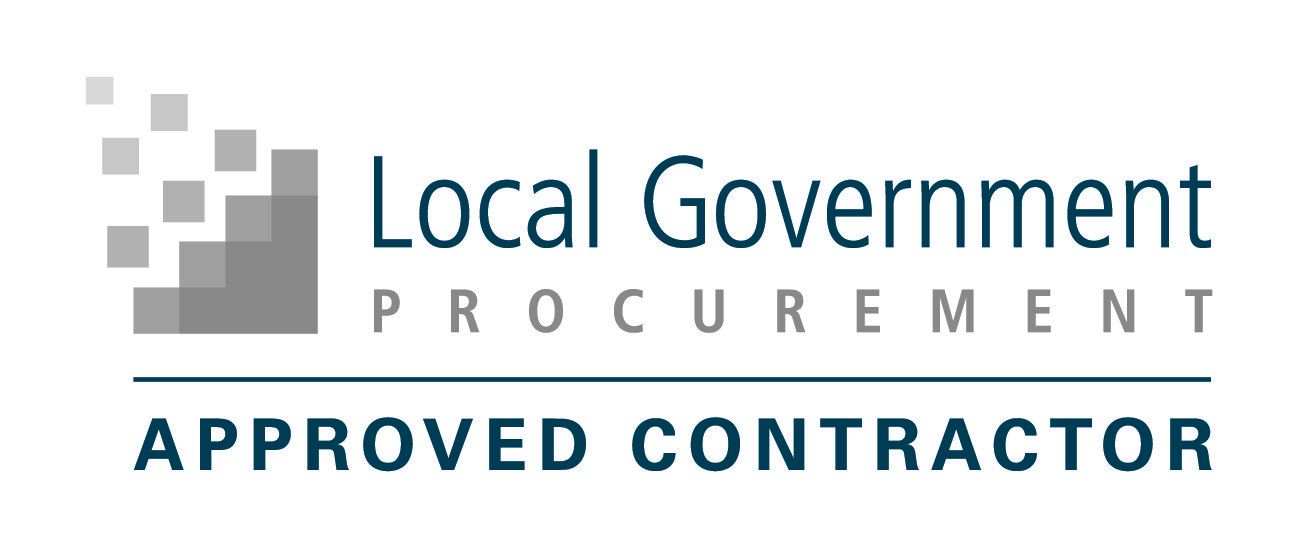Open Source CMS vs Proprietary CMS – The Pros and Cons
michael
Every website should not only be easy to use, but be driven by a user friendly and flexible Content Management System (CMS). The question facing many businesses today is whether to invest in a Commercial or Open-Source CMS – but what is the difference?
The most significant difference between the two is how they are created and supported.
Commercial (proprietary systems) CMS solutions are often build and maintained by a single company where as Open Source Systems / CMS solutions are build and maintained by groups of interested people all over the world. This difference then provides a range of benefits when adopting an Open Source CMS.
Open Source CMS – Pros
- Larger Developer Base – because these platforms are generally contributed to by many developers there are a range of ‘out of the box’ enhancements and add-ons readily available proving to be a lower cost solution. It also means that the website is not locked into being supported by a single company – any developer with the knowledge of the platform can modify it.
- Migration – if you made the decision to change platforms you should have no problem accessing the data and performing a migration between two systems without completely starting from scratch.
- Hosting – as the platforms are so common, you will have more options in terms of where you choose to host the website, ensuring you are not locked into to extremely high ongoing costs.
- Extendable – as the platform is open source it has the ability to be completely customised – if a specific web application is required a custom development can be integrated with the CMS.
- Security – as the platform is contributed to by many developers, security features/updates are frequently released to ensure the platform is stable and secure.
Proprietary CMS
- All included – while there may be a higher ongoing fee, generally web hosting, maintenance, support and upgrades are included in the price)
- Security – as commercial CMS systems have a small user base they are not targeted as much and not victim of viruses being embedded unintentionally in the website code.
- Specialist Support Team – as a single company is generally responsible for the development and maintenance of a proprietary Open Source CMS, the employees would be well trained and experts of their custom CMS solution
Both types of systems have their own advantages, I have left SEO out of this post intentionally as the SEO capabilities varies greatly from system to system, while all CMS platforms advertise they are ‘SEO Friendly’ the effectiveness of the SEO capabilities depends on the implementation of the developer and digital strategies behind the website – any website can have negatively geared SEO results if the CMS is not utilised for SEO correctly. (see related article Not all CMS are created equal for SEO )
There is no right solution; both systems can fit depending on your requirements. If you are looking for a corporately developed, professionally supported platform with (sometimes) lower upfront costs then Commercial/Proprietary CMS solutions would be recommended. However if you prefer the idea of a flexible, extensible and low (ongoing) cost solution which does not lock you in with one company then Open Source CMS solutions are the way to go.
A Content Management System is effectively the back end of your website – allowing users to publish, edit and modify content all without having to touch the website’s code. Great news for business owners who aren’t particularly tech savvy. Your CMS system should be simple enough that you can add pages, images, content and links without always having to go back to you web development company.
KEEP IN TOUCH


Ready to talk?
Let's start that project! We’d love to hear from you. Simply send us a message via the request form and we’ll get back to you as soon as we can.
Contact Us - Footer
We will get back to you as soon as possible.
Please try again later.












